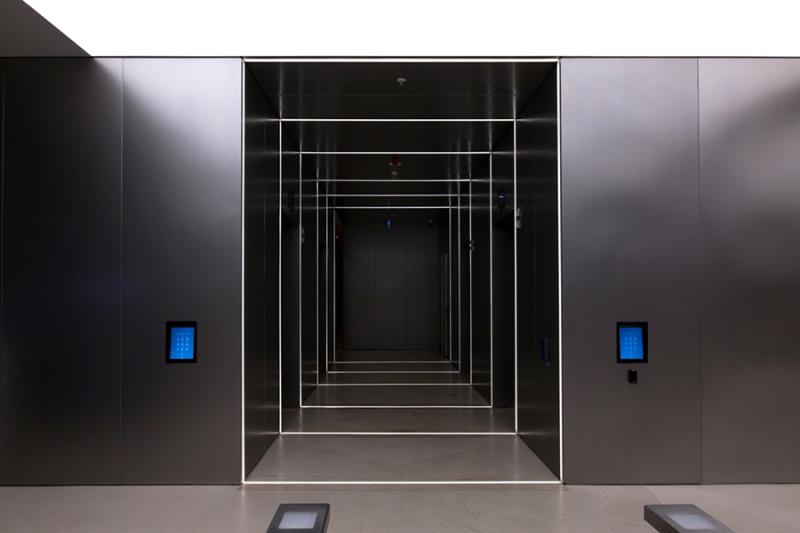
WHO IS THE LIGHTING DESIGNER? WHAT DOES IT DO?
Lighting Design, which is seen as a new field of expertise in the world with its history of nearly thirty years, has developed day by day and has become a sector in its own right. As lighting designers, we think that professionals who specialize in lighting in projects should take part in the team, just like architects and engineers, from the concept process.
In 2007, at the general assembly of PLDC (Professional Lighting Design Convention), a declaration was published that the profession of Professional Architectural Lighting Design was officially accepted.
Declaration on the Official Recognition of the Professional Architectural Lighting Design Profession
Within the framework of this declaration, which defines the lighting designer, it is possible to list the identity of the designer, his position in the project and the effects on the project, with the conditions and experiences we have come to today:
• It is an integral part of the architectural design team. He/she designs the light of the spaces by taking part in the project team just like an architect or engineer.
• He/she is the person who directs the project's investment in lighting with an awareness appropriate to architecture, budget and schedule.
• It is the one who designs how the architecture will be perceived with light when the sun is absent or insufficient.
• It is the one who designs the experience that the end user will have with the light in the space.
• It is the one who produces alternative solutions in the project with different perspectives from macro scale to micro scale.
• It is the person who chooses the light sources to be used by setting up ideal atmospheres specific to the place, and is responsible for saving both energy and investment with the most optimum solution without sacrificing aesthetics.
• It is the person responsible for establishing the technical context for designing the light of the space between the group that designed the architectural project and the electrical group that plays a role in solving technical issues in the project such as electrical and lighting installations.
• The one who gives detailed information about the implementation of the project he designed to the construction team.
• He/she is the one who actively follows the latest technologies and the development of the lighting industry for his project and updates his knowledge.
• He/she is the one who shapes and creates his solutions regarding the space, in accordance with the lighting technique and standards, by considering the spirit of architecture, structural features, materials, details and formation.
• It is the person who is responsible for providing the ideal solutions with alternatives and making the lighting calculations for the place where he/she designs the light.
• It is the one who is far from standard/monotypic solutions as in architectural design, has an active analytical and creativity in the process, and can produce designs based on certain knowledge and consciousness by considering factors such as the building/investor/user and the environment.
• He/she is the only person responsible for answering questions about lighting in the project.
In recent years, Architectural Lighting Design has to work with many other fields such as architecture, interior architecture, landscape architecture, city planning, electrical engineering, business, electronics, mechanical engineering, industrial design, graphics, art, medicine, archeology, marketing, psychology, media. It has become a completely different discipline and a special profession.
An Architectural Lighting Designer who will be involved in the project at the very beginning:
• Provides correct lighting with its experience,
• Produces designs suitable for the architecture of the project,
• Offers alternatives that are brand independent and suitable for the project,
• Produces special solutions for the employer's budget,
• It adds value to the architectural investment with its creative ideas, which is its invaluable part.
As a result, lighting design includes many parameters. A site-specific design that is integrated with architecture, long-lasting, created without ignoring human psychology and without sacrificing aesthetics, undoubtedly provides benefits to the architect, investor and experienced user in many areas.
While light is the most important element that directs our lives, lighting design should not be a coincidence. As Turkey's first independent architectural lighting design office, we repeat that light should design. Light should be designed by experts in every project, always and under all circumstances, without leaving it to chance.
